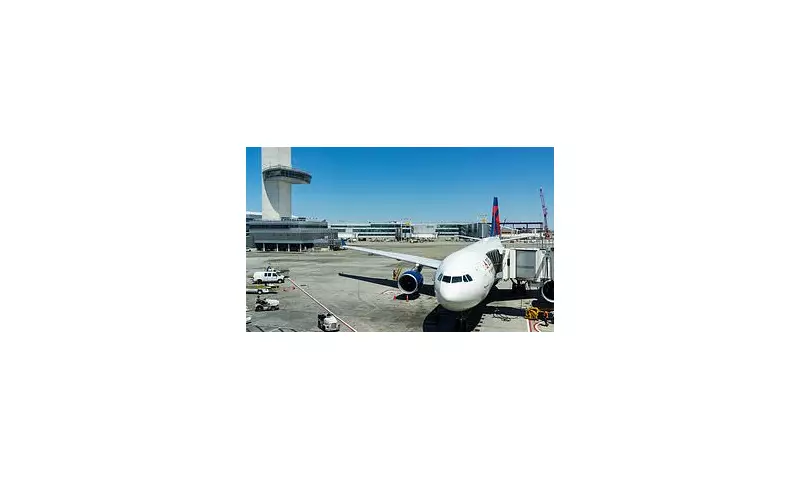
A major aviation emergency brought operations to a sudden halt at New York's John F. Kennedy International Airport on Tuesday, after a JetBlue flight reported critical issues with its landing gear during approach.
The dramatic incident involved JetBlue Flight JBU1623, an Airbus A320 travelling from Barbados, which was forced to declare an emergency while circling the airport. Air traffic control recordings captured the tense moments as pilots reported problems with their nose landing gear, sparking immediate concern among aviation authorities.
Complete Ground Stop Implemented
In response to the developing situation, the Federal Aviation Administration took the extraordinary step of implementing a full ground stop at JFK. This drastic measure prevented any departing flights from taking off and forced incoming aircraft to divert to alternative airports, creating widespread disruption across the Northeast aviation network.
Emergency services were placed on highest alert, with fire crews and rescue vehicles lining the runways in preparation for a potential emergency landing. The sight of emergency vehicles massing near the tarmac sent ripples of concern through the terminal buildings.
Passenger Accounts of Tense Ordeal
Passengers aboard the affected flight reported growing anxiety as the aircraft continued to circle while emergency procedures were activated. "We knew something was seriously wrong when we saw fire trucks following us along the runway," one shaken passenger later recounted.
Another traveller described the cabin atmosphere as "tense but controlled," praising the flight crew for maintaining professionalism throughout the ordeal. "The pilots kept us informed and the cabin crew were incredibly calm under pressure," they added.
Expert Analysis of Landing Gear Failures
Aviation safety experts note that while landing gear malfunctions are rare in modern commercial aviation, they represent one of the most critical emergency scenarios pilots can face. The nose landing gear in particular is essential for maintaining directional control during landing rollout.
Modern aircraft like the Airbus A320 are designed with multiple backup systems, but emergency procedures still require extensive coordination between flight crew and ground operations to ensure passenger safety.
Aftermath and Investigation
Following the successful emergency response, the aircraft was safely towed to a remote stand where thorough inspections began. The incident is now subject to full investigation by both JetBlue and aviation safety authorities, who will examine maintenance records and cockpit data recordings.
The ground stop, while necessary for safety, created significant knock-on effects throughout the day, with hundreds of flights delayed or cancelled and thousands of passengers facing extended wait times as operations gradually returned to normal.





